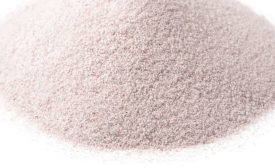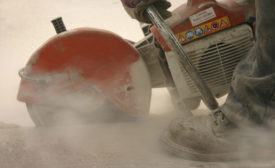Home » silicosis
Articles Tagged with ''silicosis''
Over two million construction workers are at risk around concrete
Read More
AIHA to hold Congressional briefing on silica rule
Follow the briefing live on Twitter at #SilicaBriefing
February 9, 2017
U.S. Department of Labor blog
Early Detection Saves Lives: How to #StopSilicosis
April 4, 2016
U.S. DOL Blog post
“It Took About 5 Years to Kill Him, and We Got to Watch”
March 25, 2016
Become a Leader in Safety Culture
Build your knowledge with ISHN, covering key safety, health and industrial hygiene news, products, and trends.
JOIN TODAYCopyright ©2025. All Rights Reserved BNP Media.
Design, CMS, Hosting & Web Development :: ePublishing









